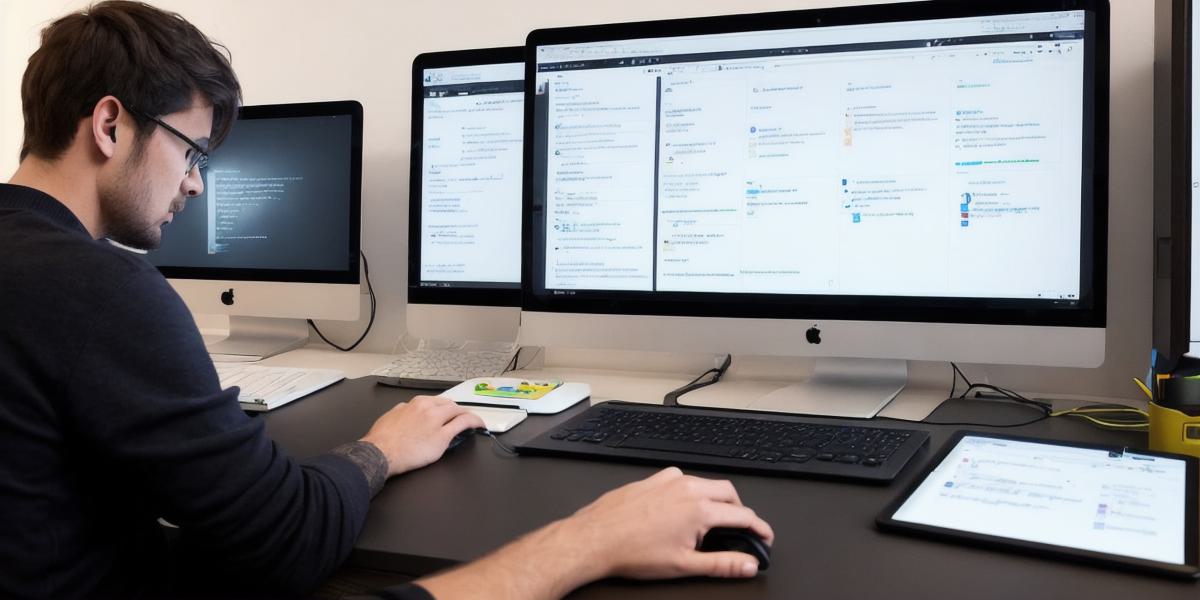Introduction
Unity is a popular game development engine that caters to various platforms such as Windows, MacOS, Android, iOS, and web. As a web developer, you might be interested in creating games using Unity that can run seamlessly on multiple platforms. In this comprehensive guide, we’ll explore how to develop Unity games for multiple platforms and the best practices to ensure a successful project.
1. Setting Up Your Development Environment
First, let’s set up your development environment by installing Unity Hub and downloading the desired Unity versions for each platform. Unity Hub is a simple standalone application that manages multiple Unity installations, allowing you to switch between different project templates and versions easily.

- Download and install Unity Hub from the official website: https://unity3d.com/get-started/get-unity-hub
- Sign in or create an account, then download the desired platforms (e.g., Windows, MacOS, Android, iOS, WebGL) and install them through Unity Hub
2. Creating Your Project
Create a new project using Unity Editor for your desired platform. For web developers, we recommend starting with the WebGL template to build games that can run directly in the browser without requiring a download or installation.
- Launch Unity Hub and create a new project by selecting the desired template (WebGL)
- Save your project and set up the basic scene, characters, and game logic
3. Developing Your Game Logic and Design
Create engaging gameplay mechanics, design visually appealing levels, and implement user interfaces using Unity’s powerful features such as C scripting, Animator Controller, and User Interface (UI) system.
- Write custom scripts to control game logic and behavior
- Create animations for characters and objects using the Animator Controller
- Design menus, buttons, and other UI elements using the Canvas and UI systems
4. Building Your Game for Multiple Platforms
When your game is ready, build it for each platform to test its functionality and performance. Unity provides a simplified workflow to build and export games for multiple platforms.

-
Click File > Build Settings >
Player Settings
- Configure the settings according to your desired platforms (e.g., resolution, orientation, etc.)
-
Click File > Build to generate builds for each platform
5. Optimizing Your Game for Multiple Platforms
Optimize your game for multiple platforms by adjusting its graphics, performance settings, and user interface elements to ensure a smooth gaming experience.
-
Reduce textures sizes, simplify models, and optimize shaders
- Adjust the quality settings (e.g., anti-aliasing, shadows) according to each platform’s capabilities
-
Test your game on multiple devices and iterate as necessary
Conclusion
Developing Unity games for multiple platforms is an exciting challenge that requires careful planning, efficient development practices, and thorough testing. By following the steps outlined in this guide, you will be well on your way to creating engaging and immersive experiences that run seamlessly across various devices.
